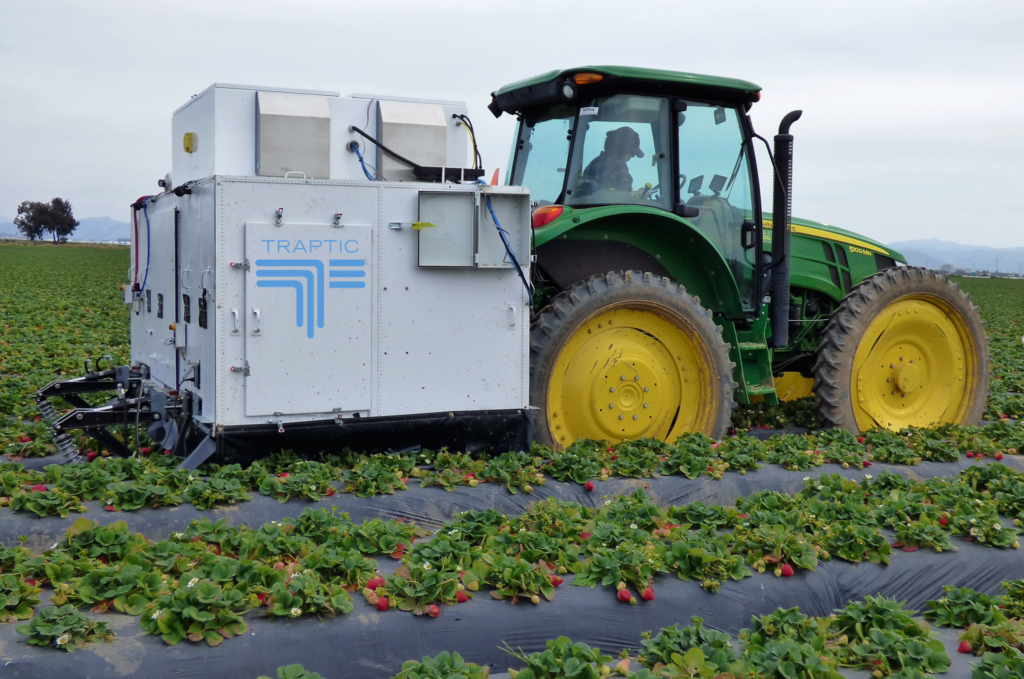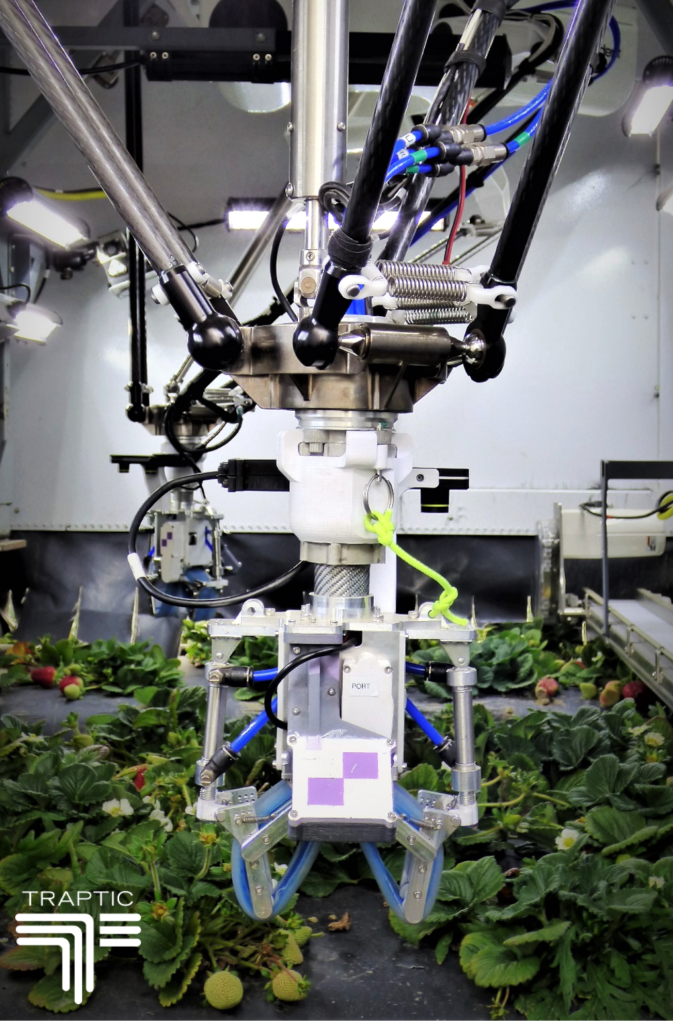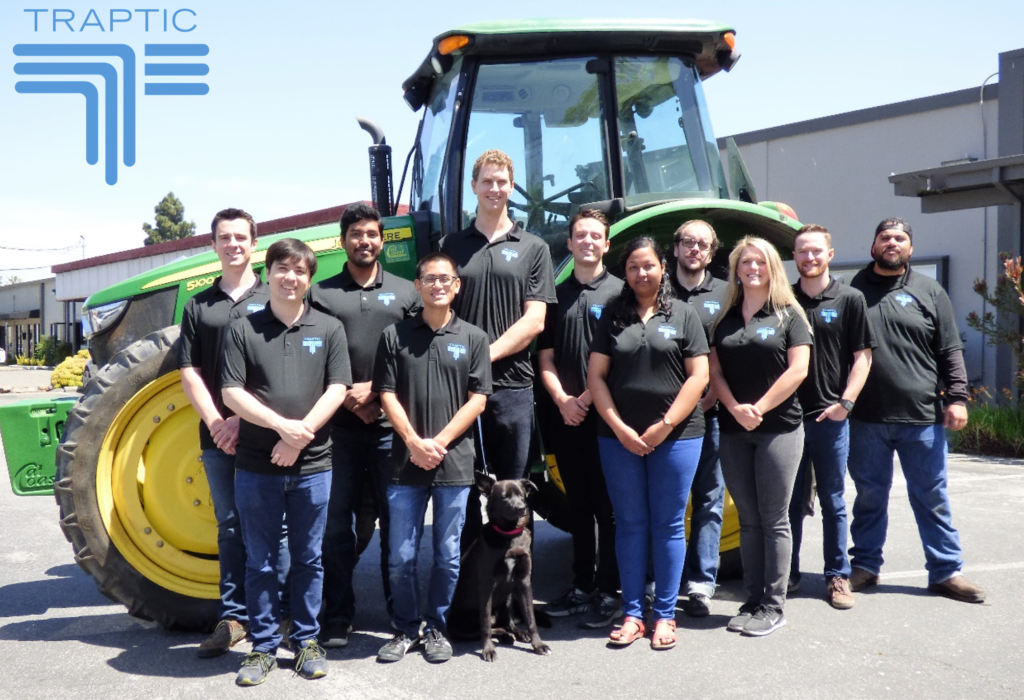A little known fact about me is that my paternal grandmother was a farmer. When we would visit her I remember running along the paths surrounded by fields of rice, wheat, grape vines, and apricots. Barring one lonesome mechanical tractor, pretty much everything else on the farm was pretty manual. The wheat would be harvested with sickles and then threshed by hand to separate the grain. There was a manual grinding stone to grind the wheat into flour, but more often the grain would get sent to a mill to be ground.
It’s always interesting to me to note how simple childhood experience like this have a way of shaping things in the future. When I came to the United States, I had this vision that farming here is highly automated with massive combines. And it is, for wheat, rice, and corn. But then, I drove down through Watsonville, CA on the way to Monterrey and saw acres and acres of strawberry, lettuce, and other ground crops that were still being harvested by humans — with their hands.

Co-founder and CEO of Traptic
When I met Lewis Anderson, co-founder and CEO of Traptic, for the first time, I didn’t know a whole lot about agriculture in the US (I still don’t claim to know much). But Lewis came and asked me a question that got my head spinning: “Why is it that we can harvest wheat, rice, and corn, using machines that have increased our food production by so much, but when it comes to fruits and vegetables, so many of them are still harvested by humans, by hand?”
Harvesting is a very repetitive, manual labor task. For the most part it’s rare for someone to say that they enjoy harvesting. “I love picking strawberries in the hot sun, hunched over for hours at end,” said nobody. Finding labor for harvesting has become increasingly difficult in the US, often resulting in some of the fruits and vegetables being left to rot in the fields.


This is where the Traptic team led by Lewis Anderson, Vinh Phan, and Bryan Ritoper comes in. Traptic is building harvesting robots. Traptic’s mission is to save the world’s food production from a crippling labor shortage using robotic farm machines and therefore allow our society to expand food production in a sustainable and cost-effective manner.

Traptic is starting with strawberries. Why strawberries? Well, because the labor cost for harvesting strawberries in the US exceed $800 million annually. Yes, strawberry harvesting alone is soon going to be a billion dollar market in the US. It costs over $15,000 per acre to harvest strawberries, which are picked almost exclusively by human hands. And over 90% of the US strawberry production happens in California, within a short driving distance from Traptic’s headquarters in Sunnyvale.
Traptic’s approach is to augment human labor in strawberry fields. here the first pass of the picking is done by a robot. Humans may come through for a final pass. By doing this Traptic can work along-side human labor to help fill a gap in the labor market and also help to make the picking process more efficient. For example, Traptic’s robotic harvesters can work at night, when the fruit is in a better condition to be picked.

Building a robotic harvesting machines that can pick fruits and vegetables as well as a human is no trivial task and is a feat of systems engineering. Although Traptic can rely on existing robot arms, cameras, and computers, putting the whole system together and making it work smoothly is a complex engineering problem.
Traptic has built an amazing team of hardware and software engineers to help solve this problem. The company has innovated on gripping techniques to be able to pick and pull strawberries of the vine just as a human hand would while maintaining a high level of dexterity and delicacy.

I’m excited for Traptic’s launch today and am looking forward to seeing their continued progress in building solutions that help to harvest more of our fruits and vegetables.